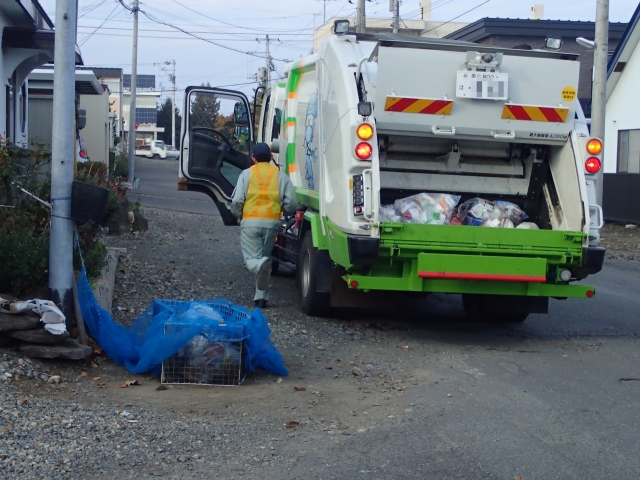Behind the spotless streets lies a detailed garbage disposal system that relies on strict sorting rules and strong community cooperation.
1. How Japan’s Waste Separation System Works
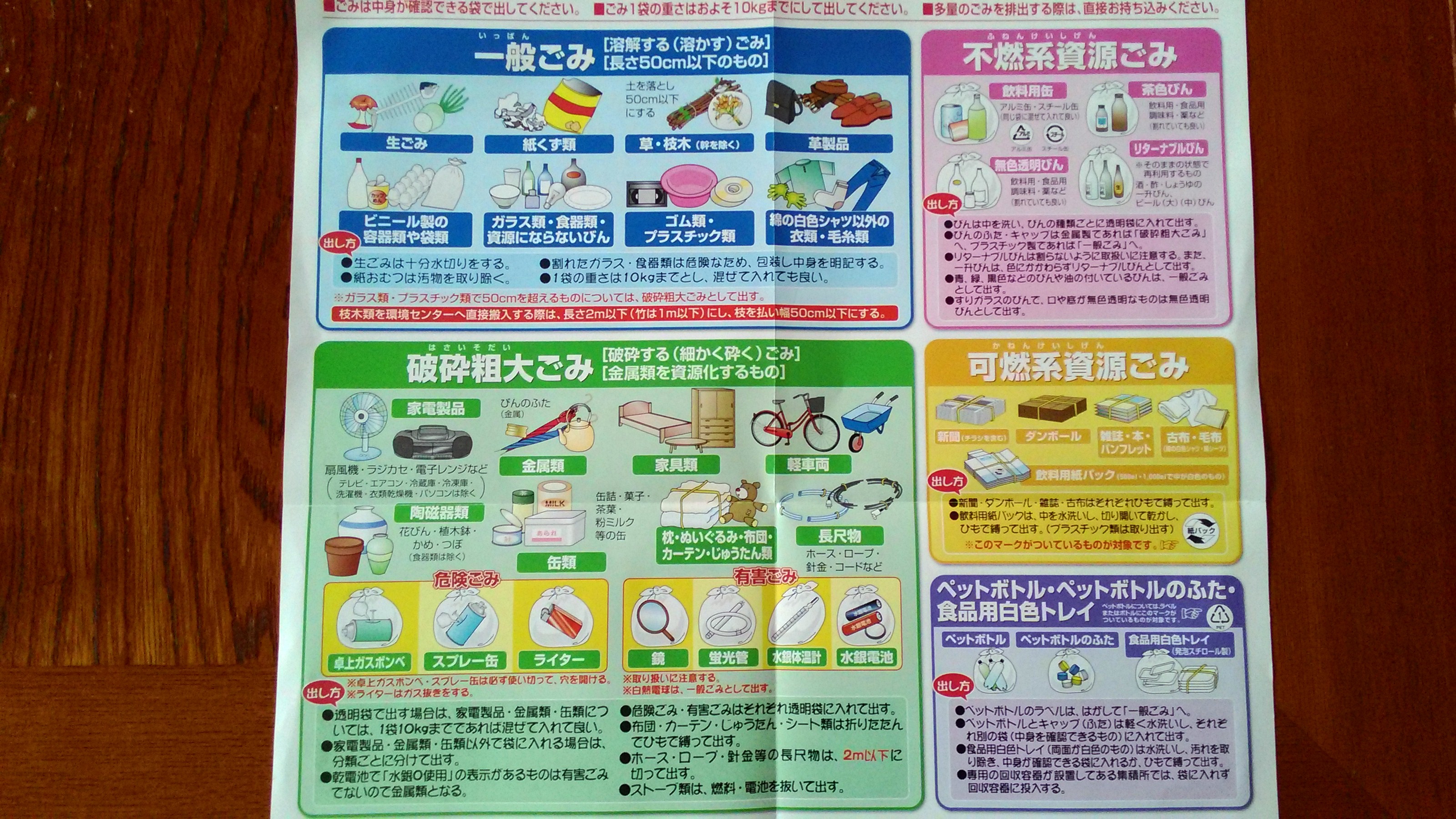
For decades, Japanese communities have been separating household waste into different categories.
Today, almost every city, town, and village has its own detailed rules — often summarized in a colorful chart provided to all residents.
If you dispose of trash incorrectly, it may simply be left uncollected.
Common Categories of Garbage
- Burnable (Combustible) – food scraps, paper, small wood items, etc.
- Non-burnable – metal objects, ceramics, small electronics, etc.
- Plastic waste – packaging, plastic containers, wraps, etc.
- Recyclables – bottles, cans, glass, PET bottles, batteries, paper, clothing.
- Oversized garbage – furniture, large appliances, bicycles (requires paid collection).
Exact categories and collection days differ by city.
For example, Tokyo’s 23 wards follow a five-group system, while Kyoto uses even more detailed separation charts that specify how to handle each type of resource.
2. Use the Designated Garbage Bags
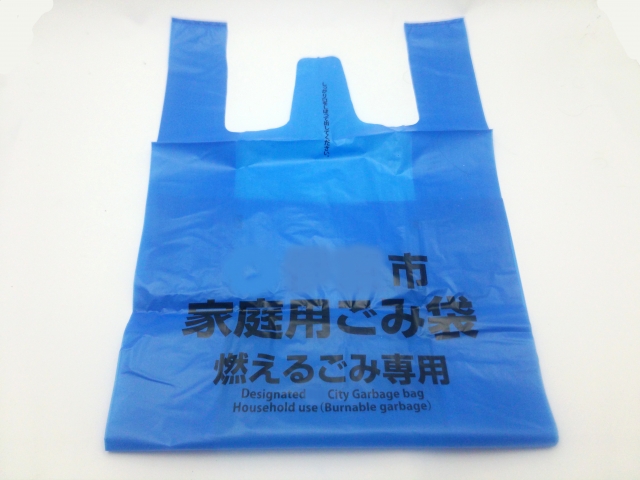
Each municipality has its own designated garbage bags, which you can buy at supermarkets or convenience stores.
The cost of these bags helps fund local waste management operations.
The bags are color-coded according to the type of garbage — for example, yellow for burnable and blue for plastics.
This makes it easy to spot mistakes, which is why you can’t just use regular shopping bags for disposal.
Using the correct bag is not only a rule but also a symbol of civic responsibility in Japan.
3. Follow the Schedule Strictly
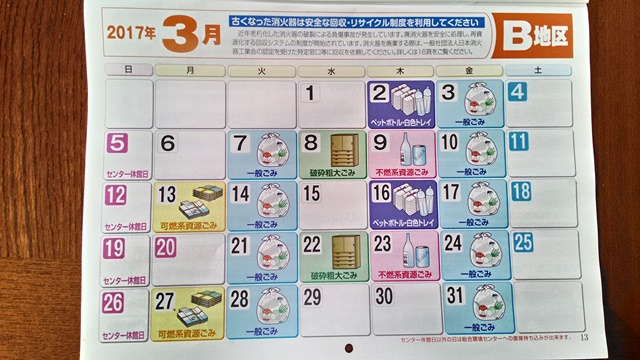
Garbage collection days and times are precisely scheduled by area.
Leaving garbage out on the wrong day or at the wrong time is strictly prohibited to prevent smells, crows, and litter.
After the garbage trucks finish their rounds, residents often sweep the area to ensure it remains clean — a practice that reflects Japan’s respect for shared spaces.
4. Recycling and Community Initiatives

Some local communities collect recyclable items like cans, newspapers, and old clothes independently.
They then sell them to recycling companies and use the proceeds to fund local projects such as flower planting, security lights, or community events.
This small-scale recycling effort shows the Japanese principle of Mottainai — the idea of avoiding waste and valuing what still has use.
People cooperate not just for convenience, but out of pride in keeping their town clean and beautiful.
5. Practical Tips for Foreign Residents

- Check your city’s official website or welcome guide for an English version of the garbage separation chart.
- Use clear plastic bags only if the city specifically allows them.
- Oversized garbage (like furniture or electronics) requires advance reservation and a small fee — usually via sticker purchase at a convenience store.
- Always rinse bottles and cans before throwing them away.
6. Cleanliness as a Community Effort
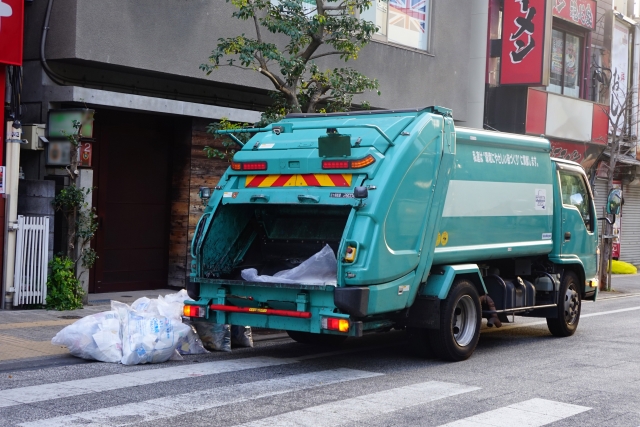
Japan’s garbage rules may feel strict, but they work because everyone participates.
The system is based on mutual trust, respect, and a sense of shared responsibility.
Next time you walk through a spotless Japanese street, remember — it’s not just the city workers keeping it clean, but the community itself.
Related Articles

